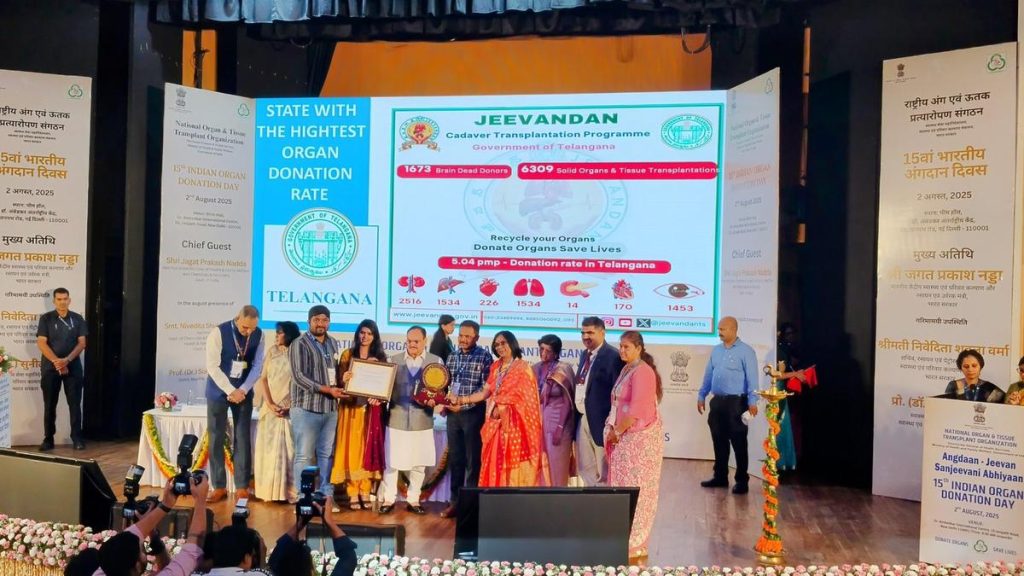Now Reading: Cabinet Approves Land Titles for Tribal Families Affected by Landslide
-
01
Cabinet Approves Land Titles for Tribal Families Affected by Landslide
Cabinet Approves Land Titles for Tribal Families Affected by Landslide

Quick Summary
- Land & housing for Tribals: Cabinet directed the Wayanad Collector to issue Record of Rights (ROR) for 5 hectares of land identified for tribal families affected by Chooralmala landslides. Five families from Mundakai rehabilitation list will receive homes under the Wayanad Township Project model, while three families in New Village Unnati will also be rehabilitated. Five additional families at Erattukandam Unnati will each receive 10 cents of land and a house.
- Memorial Construction: A ₹99.93 lakh memorial will be built at Puthumalai burial site for landslide victims; district Collector’s procedure for disaster-related financial assistance was validated.
- Healthcare Support: Extension of free treatment under Karunya Arogya Suraksha yojana (KASP) till December 31; ₹6 crore allocated from CM’s Relief Fund to cover medical expenses and future needs.
- Rehabilitation Expansion: Additional 49 families added to the Wayanad Township Project rehabilitation list; compensation scheme to support entrepreneurs impacted by Chooralmala disaster established, with evaluation criteria set by a district-level committee.
- Support for other disasters: Financial assistance and compensation policies extended to victims of Vilangad disaster in Kozhikode similar to those affected by Chooralmala.
Indian Opinion analysis
The decisions outlined by the Cabinet reflect an important effort toward addressing the multifaceted challenges faced by communities impacted by natural disasters. Issuing Record of Rights (ROR) is significant as it provides legal security over land ownership, aiding long-term stability and reducing vulnerability among displaced tribal populations. The commitment towards constructing houses using township models showcases a proactive approach to sustainable rehabilitation.
Allocation of funds such as ₹6 crore from the Chief Minister’s Relief Fund ensures that immediate health concerns are prioritized alongside future requirements-a crucial balance during post-disaster recovery phases. Extending healthcare coverage like KASP demonstrates sensitivity toward inclusive access, emphasizing general welfare.
In addition, creating memorials serves as both psychological healing spaces and markers of accountability toward safeguarding vulnerable zones against recurring disasters in Kerala’s ecologically sensitive regions like Wayanad.
Expansion into broader inclusion lists highlights adaptability within administrative frameworks, while compensations provided suggest increased attention towards livelihood restoration-a critical element often overlooked post-disasters but essential for holistic recovery across economic strata.
The systematic detailing through local committees further affirms an intent toward methodical planning rather than reactive measures, setting examples that could scale up nationally wherever required based on Kerala’s responsive governance model following environmental or human crises.
Read More: Original Article























